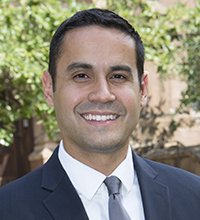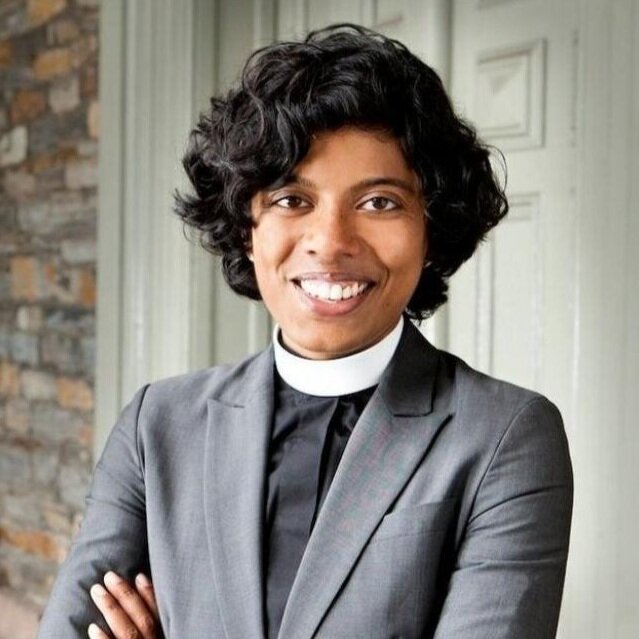Church Anew Blog
Get Updates in Your Inbox
Want to stay up-to-date with the Church Anew Blog? Sign up for our weekly blog round-up.
"The Truth About Reformation"
As we enter October and prepare to celebrate the Reformation once again, we wanted to share the following poem by Meta Herrick Carlson.
How Parenting Is Teaching Me Notes of Rest: Lessons from the first month
What a marvel it is to have a child. There really are no words to do it justice. A few of you have expressed interest in what parenthood will do to my sense of rest. I’m sure that will be a lifelong journey, but here are a few quick insights
The Meaning of Life: A Parable
Journeys are less often about the goal, and more frequently about the experiences it takes to complete them. Such are the spiritual journeys that we embark on, but they are more than they seem. They can reveal things we do not expect, and like a dream, hold a unique significance for each of us.
"This Generation"
Trying to make sense of “this generation” can be fraught with misapprehension. Many things are different, yet many things remain the same. The Gospel of Matthew helps to reinvigorate our notions of modernity, and remind us of the place that children hold as descendants of faith and the new foundation for future discipleship.
The Stewardship of Memory
What do we do with the memories that haunt us? That sneak up on us late at night. And whisper words that cut quick to our core?
The Source and End of Unity and Belonging
When reading Paul’s letters, the exegetical and theological mistakes we might make are numerous and often tragic, as we all know. The list of insights is significant, of course, but so too are the distracting detours and the deadly interpretations.
Leadership Lab: Jessica Liles
A one on one interview with Jessica Liles exploring the challenges of planting a church and building relationships between the congregation and the community in an ever-changing world.
One Pastor's Side Hustle: Subscription Boxes for Women in Ministry
An interview with ConseCrate subscription box founder Dr. Rev. Ruth Hetland.
Now and Forever
A new balance is being struck in modern weddings to incorporate religion, pre-marital counseling, and non-traditional officiants. This balance offers trust, communication, and sincerity in new meaningful ways for younger generations whose religious practices and expectations have changed.
Now Open Between Easter and Christmas
A congregation in the town next to ours has a new main outdoor sign. Recently the sign said, “Now open between Easter and Christmas.” I wondered what they meant by the phrase and why they used it?
Leadership Lab: Wesley Morris
Our first interview in the Leadership Lab series with Rev. Wesley Morris.
Upending the parable of talents: bodies over profits
The parable of the talents then would become a commentary at large about an economy that uses people and values things rather than values people and uses things.
Lord, Help Me
It is up to people like us to reclaim and rebuild the commons, what we share of what God has given us. And some of that rebuilding is of institutions.
The Story of Abraham and Family Trauma Part 2
The stories, like that of Abraham and his descendants, enable us in our modern times to understand that stories of family dysfunction are not at all new. These stories give us much with which to wrestle with as we learn and ponder them anew.
The Story of Abraham and Family Trauma Part 1
The stories, like that of Abraham and his descendants, enable us in our modern times to understand that stories of family dysfunction are not at all new. These stories give us much with which to wrestle with as we learn and ponder them anew.
Is Your Congregation Being Disruptive or Disrupted?
In the context of congregational disruption, leaders have two options: 1) lead in a manner that disrupts the status quo that is going to be disrupted by culture anyway or, 2) allow the disruption to determine the future of the congregation.
Multi-Vocational Ministry: Part 2
Churches, leadership, and denominations should begin by seeing ministers as complete human beings with a variety of gifts to offer inside and outside the church, rather than sort of widgets to fill in to particular parish settings, while adding in a part-time job or “bivocational ministry” heading to pay the bills.
EXPLORE OUR ARCHIVE OF ARTICLES FROM
Walter Brueggemann
Get Updates in Your Inbox
Want to stay up-to-date with the Church Anew Blog? Sign up for our weekly blog round-up.


















